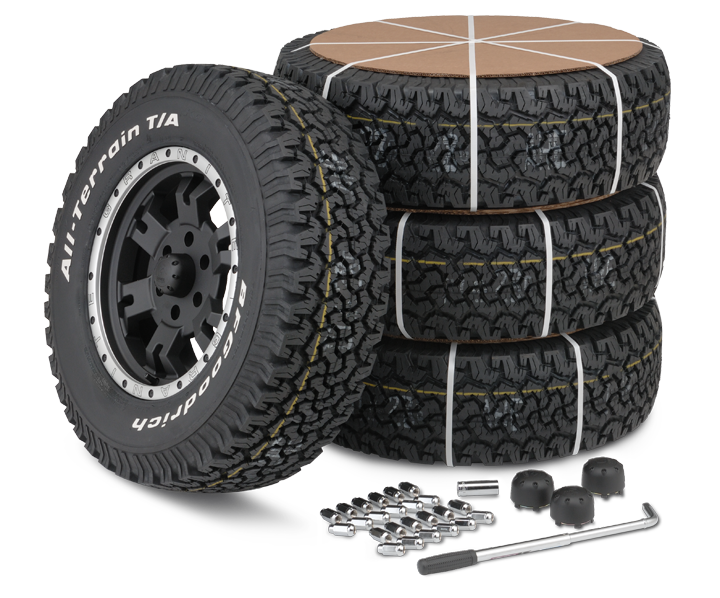Count On Morris Tire and Alignment for Specialist Service and Care
Count On Morris Tire and Alignment for Specialist Service and Care
Blog Article
Tire Substitute: The Art of Picking the Right Tire Dimension
Selecting the proper tire dimension is an essential facet of preserving optimal efficiency and safety and security for your automobile. From recognizing how tire size specs are identified to recognizing the impacts of inaccurate sizes on your automobile's handling and effectiveness, the trip to finding the best tire size is a nuanced one.
Value of Correct Tire Dimension
Selecting the appropriate tire size is crucial for guaranteeing ideal efficiency, security, and performance of your vehicle. One of the key factors why tire dimension matters is due to the fact that it influences the overall handling of your car. In terms of safety and security, having the correct tire size ensures that your automobile can effectively grip the road, brake efficiently, and maneuver efficiently to avoid accidents.
Variables Impacting Tire Size Selection
An important factor to consider in establishing the ideal tire size for your lorry is comprehending the different aspects that affect this selection. Deviating from the advised tire size can influence the speedometer precision, gas efficiency, and general efficiency of the lorry.
If you regularly drive off-road or in tough weather condition problems, you might require a tire with a various dimension or walk pattern compared to someone who largely drives on freeways. The terrain you drive on also plays a duty in determining the suitable tire dimension.
Furthermore, the size of your wheels can limit the choices for tire dimensions. It's vital to ensure that the tires you pick work with your wheels to avoid any type of security risks or efficiency issues. By meticulously thinking about these elements, you can choose the best tire dimension that best suits your driving demands and vehicle demands.
Comprehending Tire Dimension Specs

Additionally, tire dimension specs may include load index and rate ranking. The load index shows the optimum weight a tire can sustain, while the speed ranking symbolizes the optimal speed capacity of the tire. By understanding these specifications, you can ensure that the tires you select are suitable with your vehicle's needs and offer optimal performance and safety when driving.

Impacts of Incorrect Tire Size
Making use of the incorrect tire dimension for your automobile can have harmful impacts on its performance and security. When a tire size is inaccurate, it can result in problems such as poor handling, jeopardized braking capacities, and increased threat of mishaps. Tires that are a fantastic read also tiny may result in reduced security, especially throughout high-speed maneuvers, while extra-large tires can trigger massaging versus the car's body elements, resulting in prospective damages.
Inaccurate tire sizes can also affect fuel effectiveness. Making use of tires that are not suited for your automobile can change the speedometer analysis, causing incorrect mileage calculations. Dissimilar tire sizes can put added pressure on the engine and transmission, possibly decreasing the total gas economic situation of the car.
Additionally, inaccurate tire sizes can influence the total comfort of the adventure. Incorrectly sized tires might lead to boosted roadway noise, vibrations, and a harsher driving experience. To keep optimal efficiency, security, and convenience, it is vital to make sure that the tire dimension matches the specs recommended by the car producer.
Tips for Choosing the Right Tire Size
Choosing the proper tire size for your car is crucial for making certain optimum performance and safety when traveling. To aid in picking the right tire dimension, consider the adhering to tips. First of all, always refer to your vehicle supplier's referrals. These specifications are meticulously selected to offer the very best balance of handling, grip, and convenience for your particular car version. Aspect in the typical driving More Info conditions you run into. If you frequently drive in snowy or icy conditions, a tire with a various dimension or walk pattern might be needed to guarantee adequate grasp. Furthermore, consider your driving behaviors and preferences. If you focus on a quiet and smooth ride, selecting a tire dimension that matches your driving design can boost your total driving experience. Last but not least, seek advice from a specialist tire technician. They can offer professional suggestions based click here for info on your lorry, driving needs, and local weather to help you make an informed decision. By complying with these suggestions, you can pick the right tire dimension to maximize your lorry's efficiency and safety and security.
Verdict
To conclude, picking the proper tire dimension is vital for ensuring optimal efficiency and safety and security of a car. Factors such as automobile kind, driving conditions, and manufacturer referrals have to be thought about when picking the appropriate tire dimension. Incorrect tire dimension can lead to adverse results on handling, gas performance, and general safety and security. By comprehending tire dimension specs and complying with pointers for selection, drivers can make enlightened choices to boost their driving experience.
From recognizing how tire dimension specifications are established to recognizing the impacts of wrong dimensions on your vehicle's handling and efficiency, the journey to discovering the perfect tire size is a nuanced one.Tire dimension requirements give critical info concerning the measurements and features of a tire. The tire size is normally shown on the sidewall of the tire and is stood for by a combination of letters and numbers. In this instance, "P" signifies the tire kind, "215" stands for the tire width in millimeters, "65" is the aspect ratio (the proportion of the tire's height to its width), and "15" indicates the diameter of the wheel in inches that the tire is created to fit.
Tires that are also little might result in reduced stability, particularly during high-speed maneuvers, while large tires can create scrubing against the car's body elements, leading to prospective damage.
Report this page